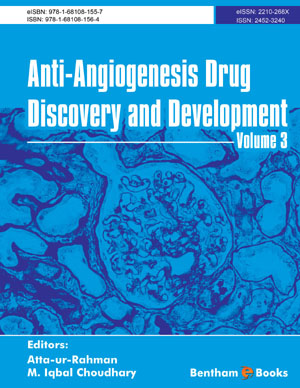Abstract
Alzheimer’s disease (AD) is a multifactorial disorder and apparently involves several different etiopathogenetic mechanisms. Up-to-date, there are no curative treatments or effective disease modifying therapies for AD. A strategy to enhance the cholinergic transmission by using acetylcholinesterase inhibitors (AChEIs) has been proposed more than two decades ago. Food and Drug Administration (FDA) gradually marketed these AChEIs: tacrine (1993), donepezil (1997), rivastigmine (2000) and galantamine (2001); tacrine is no longer used because of its high prevalence of hepatotoxicity. In addition to the AD cholinergic hypothesis , there is great evidence that voltage-gated, uncompetitive, N-methyl-D-aspartate (NMDA) antagonist memantine with moderate affinity can protect neurons from excitotoxicity. It was approved by FDA for treatment of moderate to severe stages of AD in 2003. Beyond symptomatic approaches there are anti-amyloid, neuroprotective and neuron-restorative strategies that hold promise of redefining the course of the disease as it is known. This contribution summarizes the main symptomatic strategies available for treating AD and future perspectives of pharmacotherapy for improving the AD course.






















